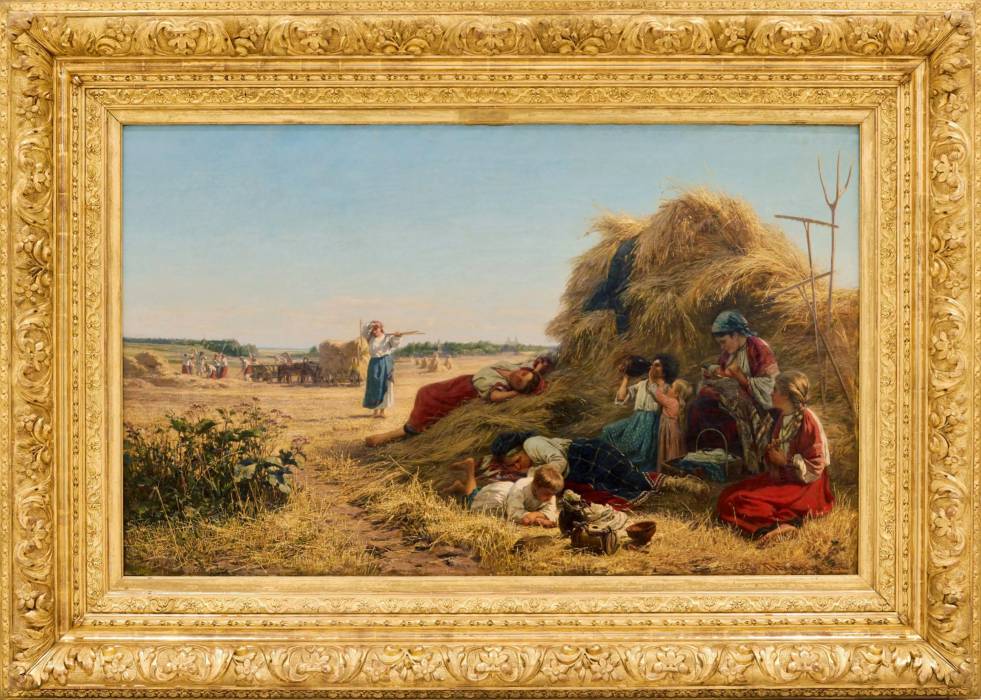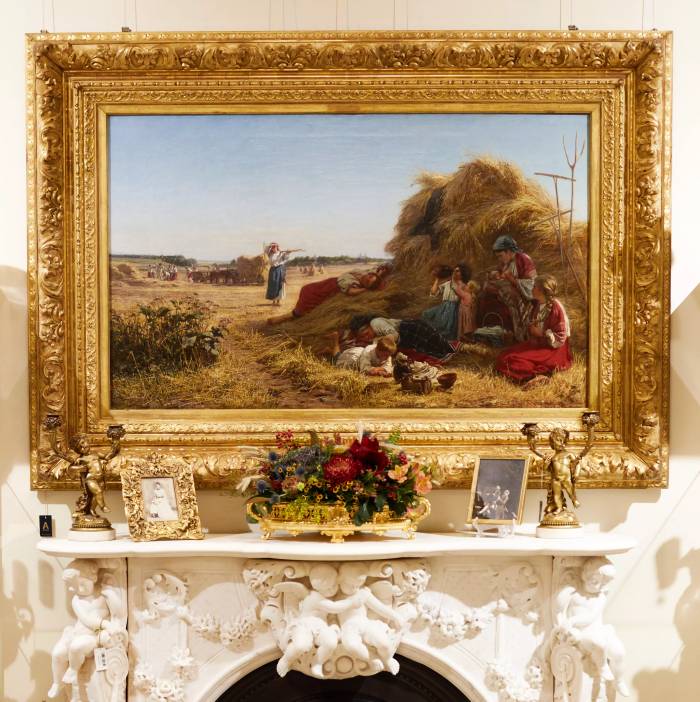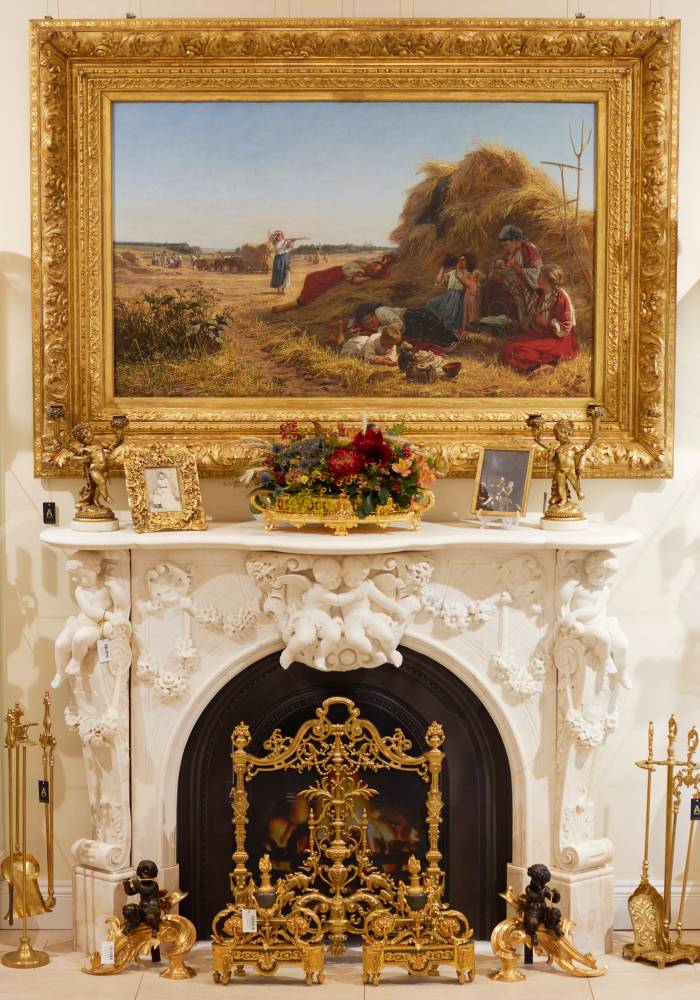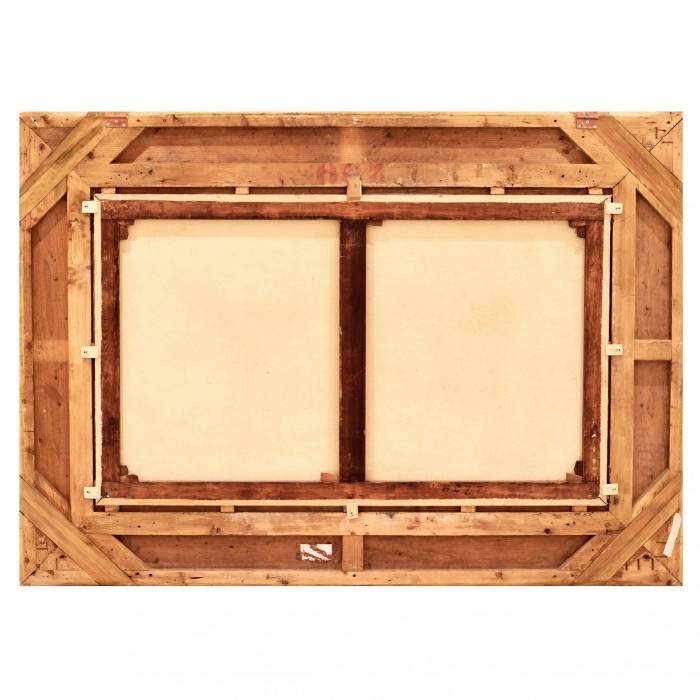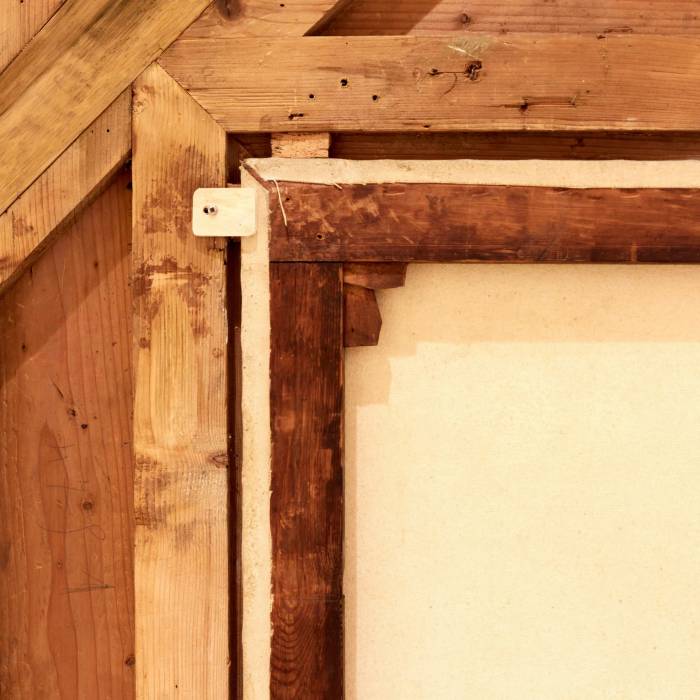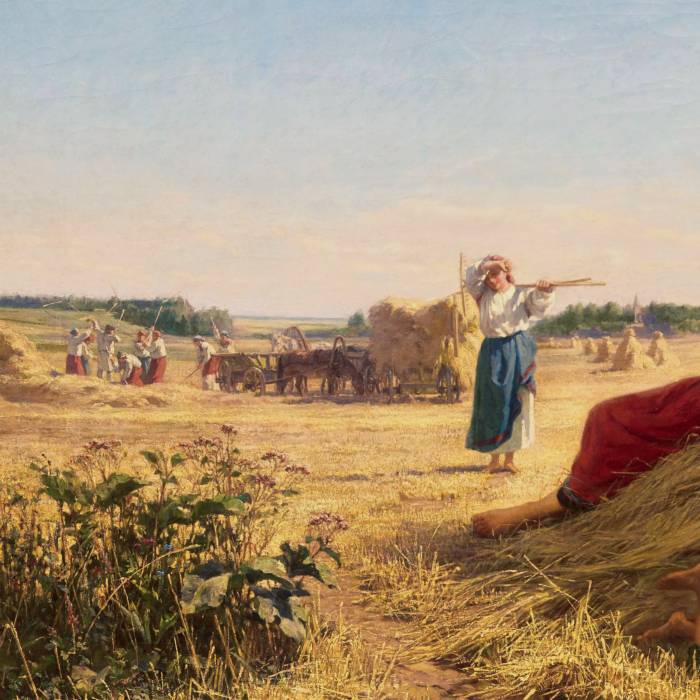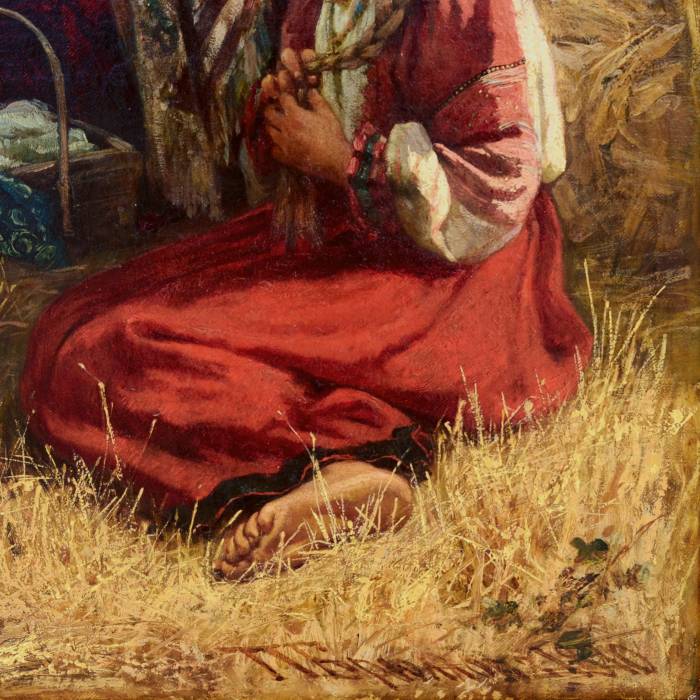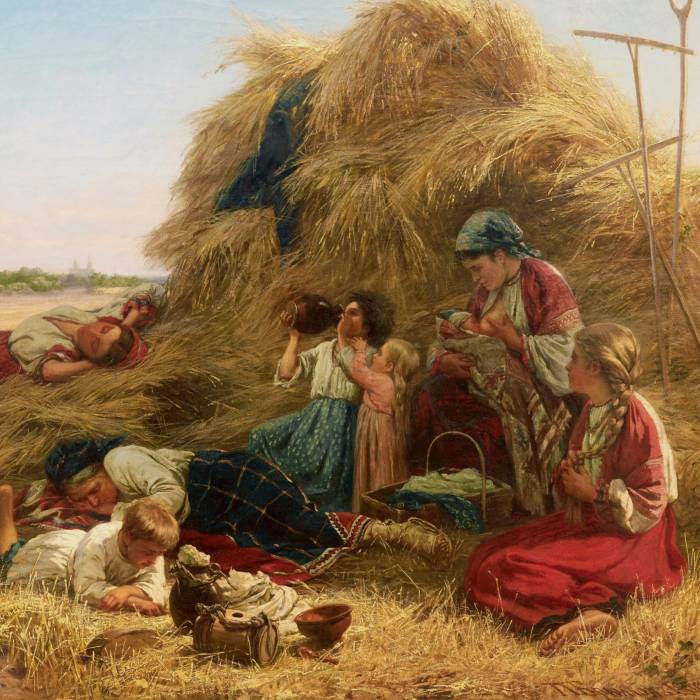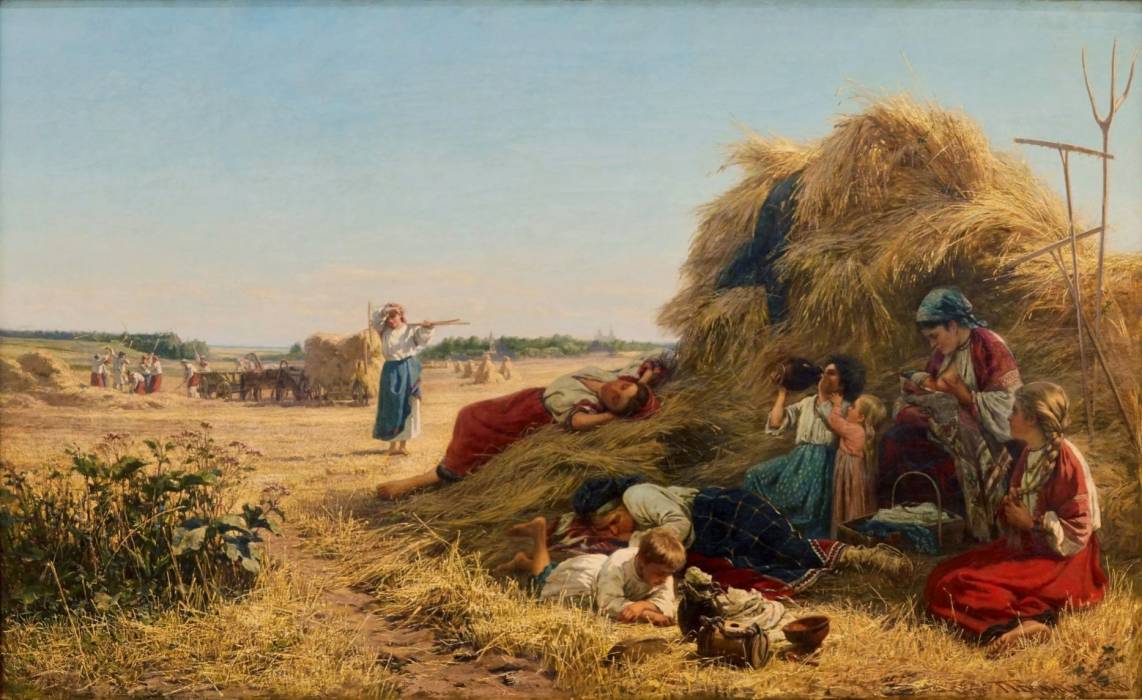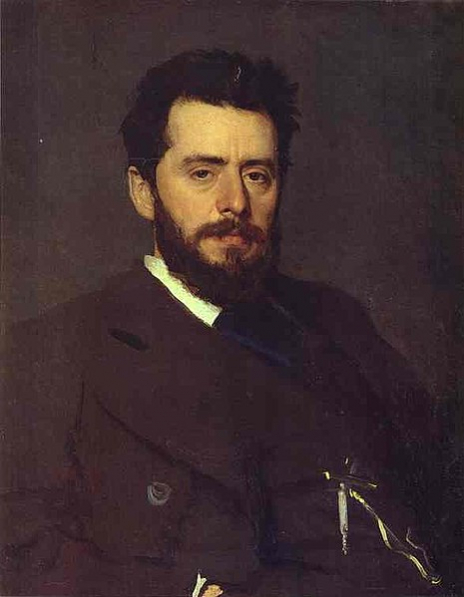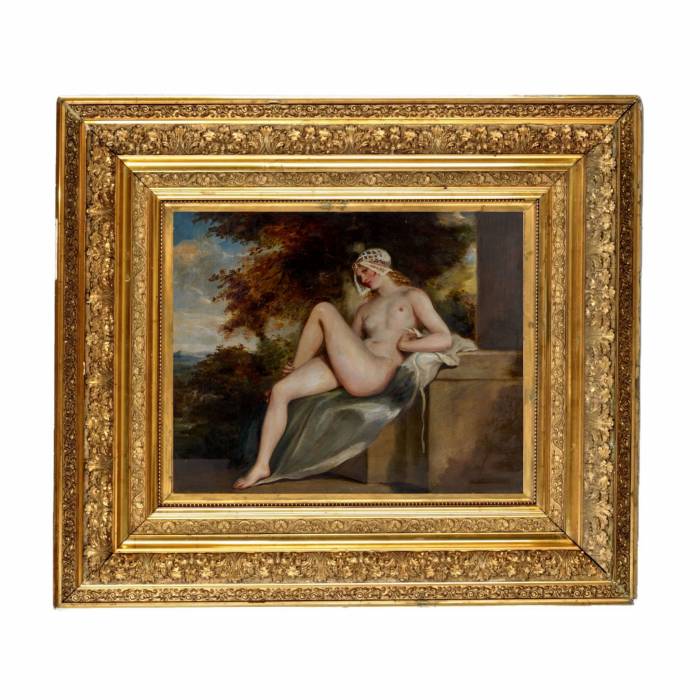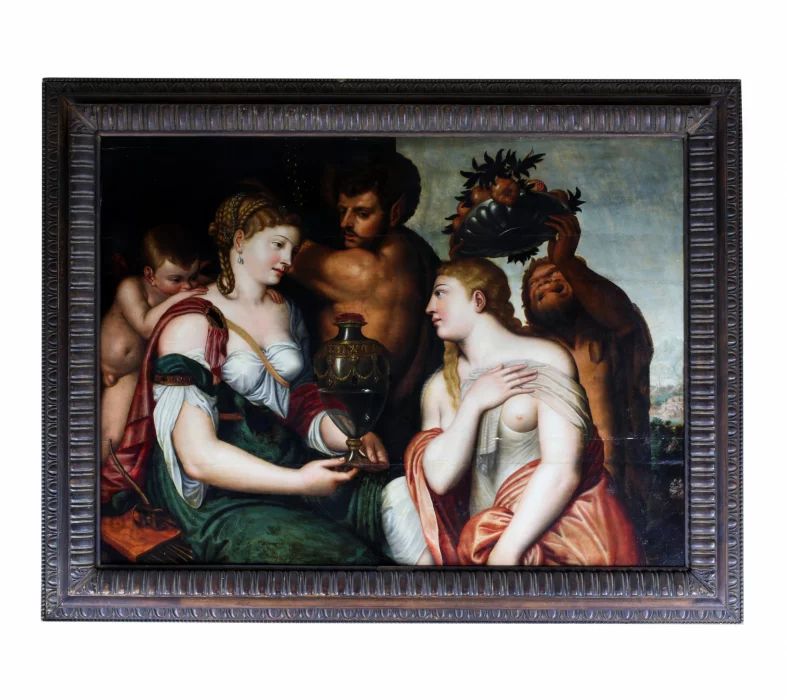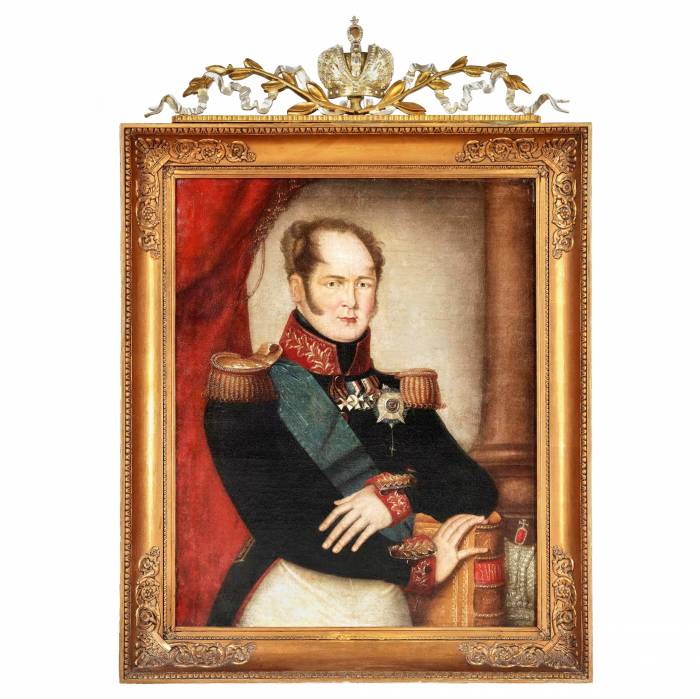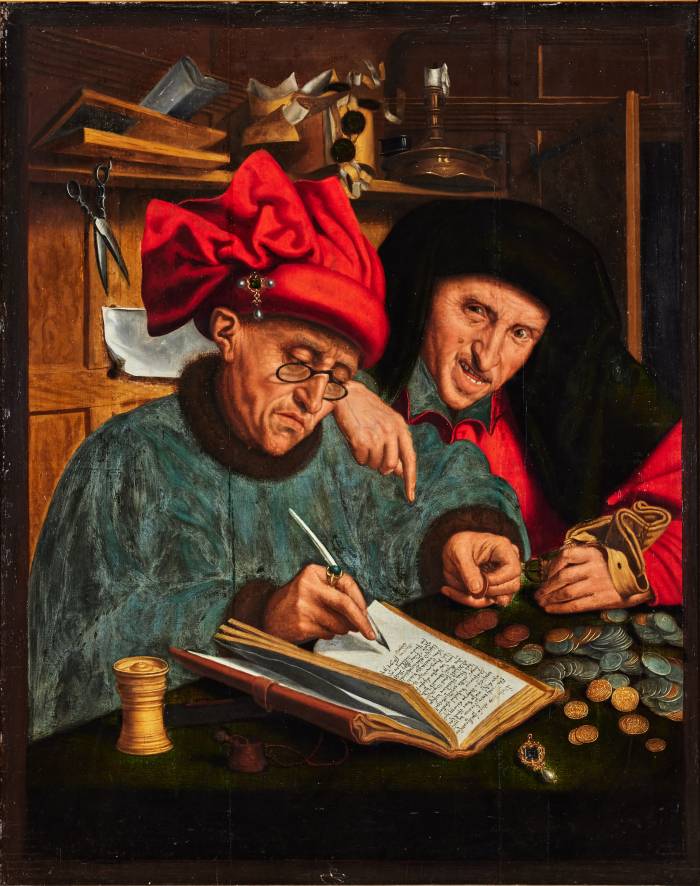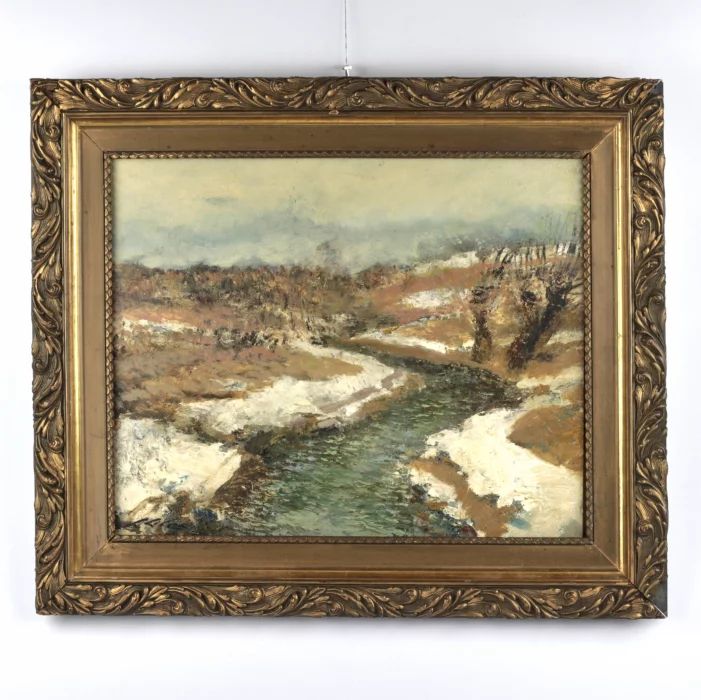Bryullov Pavel AlexandrovichPavel Alexandrovich BryullovItinerant artist Pavel Aleksandrovich Bryullov (1840-1914). Biography Academician, painter, landscape painter, and genre painter, Pavel Aleksandrovich Bryullov was born into a noble family in 1840. His father, Alexander Bryullov, was a famous professor of architecture, and his older brother, Karl Bryullov, became a legend of Russian painting. Little Pavel was surrounded by creativity and art from childhood, which laid the foundation for his passion for painting. Over time, Pavel began studying at the Imperial Academy of Arts in St. Petersburg, where he studied art with famous Russian artists and architects such as Karl Thon, Adolf Stackenschneider, Dmitry Grimm, Alexander Rozanov, and, of course, his father, Alexander Bryullov. Pavel showed exceptional ability and passion for art, which made him one of the most talented students at the Academy. In 1864, Pavel successfully completed his studies at the Academy and was appointed a pensioner, which gave him the opportunity to travel around Europe. He visited Italy, England and France, where he admired outstanding works of Western European art and improved his skills with the best masters of painting of his time. This journey was an important stage in his career and inspired him to create many outstanding works. History of Creativity Returning to Russia in 1870, Pavel Bryullov began to actively exhibit. His paintings attracted the attention of not only spectators, but also critics and colleagues. He became a full member of the Imperial Academy of Arts in 1874 and joined the Association of Traveling Art Exhibitions, where he was also recognized as a full member. Pavel Alexandrovich actively participated in exhibitions and was honored to become a member of the Council of the Imperial Academy of Arts. Pavel Bryullov′s paintings repeatedly attracted the attention of famous people of his time. He collaborated with the founder of the Tretyakov Gallery, Pavel Tretyakov, whose collections included works by the artist. Also, his talent was recognized by the Imperial family, and his works were acquired for the imperial collections. Pavel Bryullov left a real legacy in the history of Russian painting. His paintings are imbued with a unique style and talent that made him one of the outstanding artists of his time. He painted many stunning landscapes, vibrant portraits and captivating scenes from everyday life. All his works are distinguished by subtlety of colors and expressiveness, which forces the viewer to delve into every detail of the work.In the collection of the ANTIQONOne of the master’s best works is in the collection of the ANTIQON antique gallery. Pavel Bryullov′s genre painting "Working Afternoon" from 1890 represents a Little Russian field in western Ukraine at the time of the harvest season. The picture is like an open book, revealing the destinies of the heroes, revealing their past and predicting the future. This is a canvas, majestic in its size, grandiose, like life itself. A picturesque group of reapers rest in the shade of a haystack during half a working day. The entire spectrum of peasant life, women′s destinies and shares, are open to the viewer. The picture covers the whole cycle of life: from girls already helping in the field to old women who have spent their whole lives in this field. It shows childhood, adolescence, youth, the birth of children, meeting old age and caring for grandchildren. Contrasting and multidirectional figures in the foreground symbolize the eternal ring of life. We see a boy, bleached by the sun, playing, next to him is a tired old woman in a plaid skirt who is sleeping. Behind them, the girl reaches for her sister′s jug. Nearby, a mother feeds her baby. Another young woman stretched out in her sleep, maintaining her strength. On the right, at the edge of the canvas, a young peasant woman braids her hair and directs her gaze to the girl with a rake, who is apparently going to rest. Their gazes intersect on a compositional diagonal, which, alternating red and blue spots on the skirts, leads to the threshing scene. Where the girls, under the leadership of the headman, probably whose comma zipun was thrown on the front haystack, had already begun threshing. The circle of time closes, personifying the eternal and unchanging cyclical nature of life, in which the artist glorifies and romanticizes people for whom harvesting is a true holiday and the meaning of life. Where, under the auspices of God, whose churches are visible in the depths of the picture, the villagers collect bread. MeaningIn conclusion, Pavel Aleksandrovich Bryullov is a wonderful artist and a bright personality in the history of art. His biography and work remain an inspiration for many artists and art lovers to this day. His works continue to delight and inspire people, and his name will forever remain in the golden pages of the history of Russian painting.
Show more
